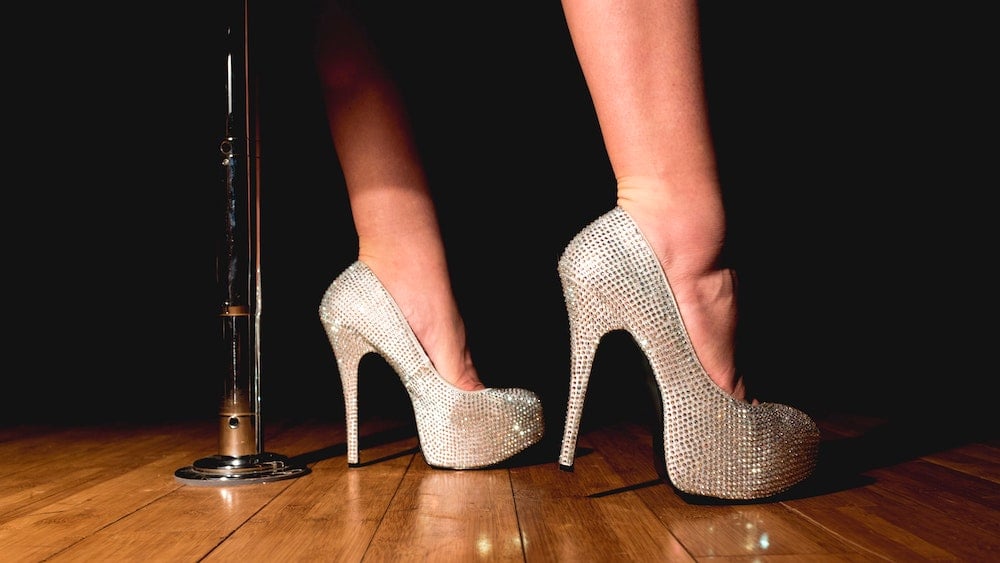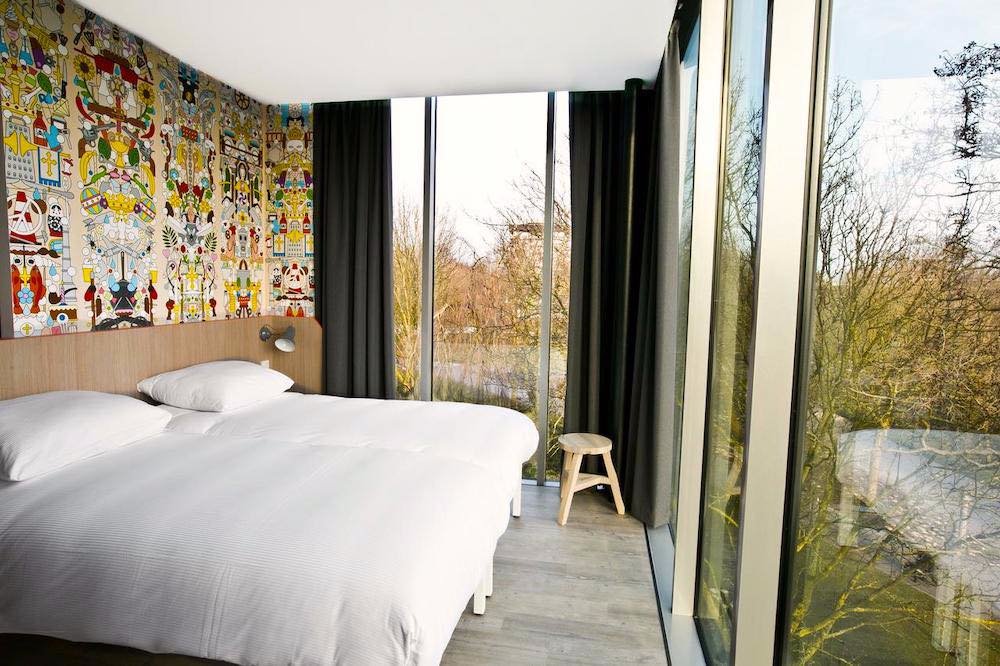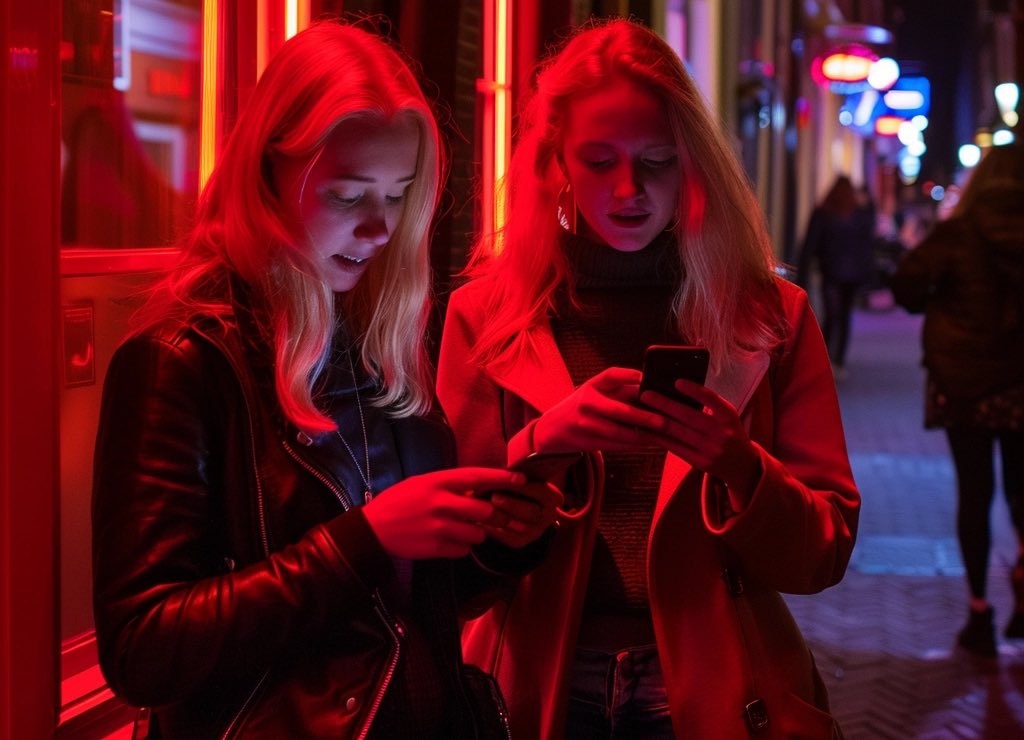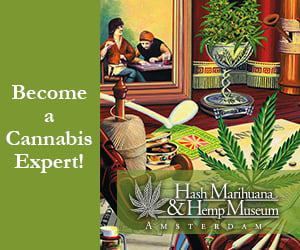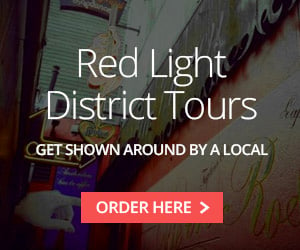67 Things You Didn’t Know About The Netherlands in 2025
Posted on: januari 1, 2025
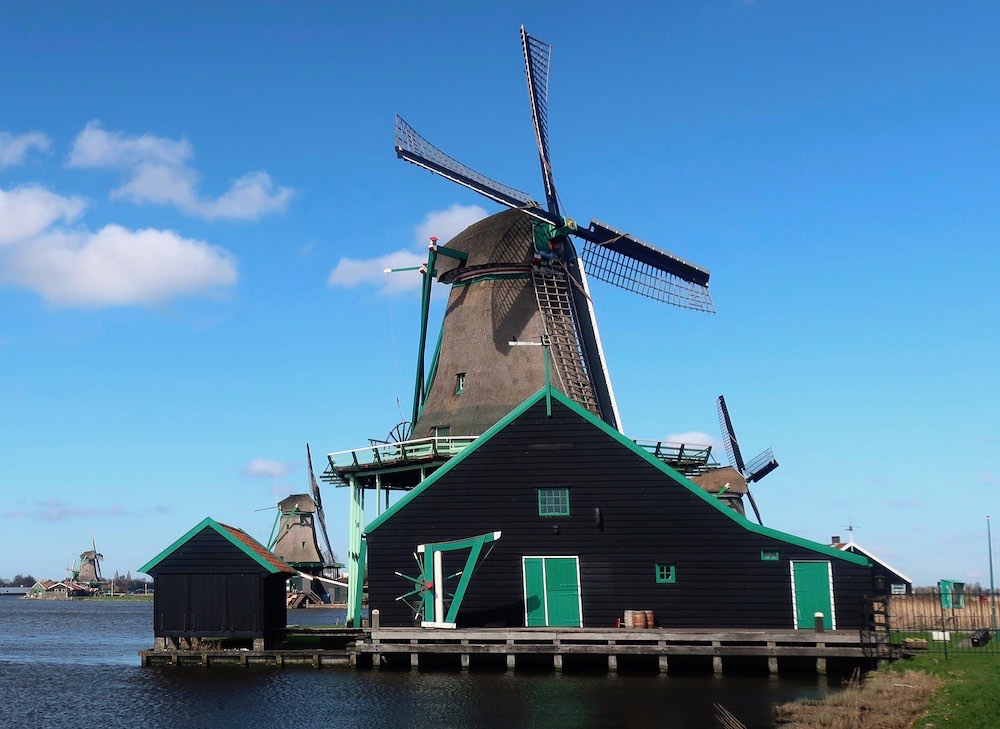
67 Things You Didn’t Know About The Netherlands
The Netherlands is a beautiful country that is known for its windmills, tulip fields, red light district, amazing architecture, cannabis, coffeeshops and whatnot.
But there are many things about the Netherlands that you probably didn’t know about. Here are 10 things you didn’t know about the Netherlands that may have some scratching their heads.
1 | The VOC

The Dutch East India Company – also known as “VOC” – was the richest company in the entire history of mankind. At its peak, the VOC was worth 78 million guilders (Holland’s former currency). That is 7.4 trillion euros today, adjusted for inflation. Today’s global corporations aren’t even close. Alphabet, the parent company of Google is now worth about 1.25 trillion US dollars and Apple too is also around 1.25 trillion US dollars. The VOC was also the first company in the world that traded shares.
2 | Dutch families adopt WW2 graves

Source: https://commons.wikimedia.org/wiki/File:Margraten_Netherlands_American_Cemetery_and_Memorial.jpg
Since 1945, more than 8,000 Dutch families have adopted a grave of fallen American WW2 soldiers who were buried in Limburg, a province in the south of The Netherlands. The Dutch families maintain the graves and lay flowers regularly. The graves remain within families, transferring from generation to generation. There are so many applications that there is a waiting list to adopt a grave.
3 | Amsterdam’s oldest store
The oldest store in Amsterdam is a pharmacy located in the Red Light District. It has existed since 1696. This pharmacy on the left is the oldest store of Holland’s capital. It’s located on the Geldersekade – one of Amsterdam’s oldest canals – which was constructed in 1425. The Geldersekade has always been a lively part of town, as befits a port neighborhood like the Red Light District.
Its location on the open IJ river made Amsterdam a perfect water city. Almost all of the transportation of goods was shipped via the water of the canals, along which warehouses and merchants’ houses alternated. Fishermen, sail makers, sailors, ship owners, ship carpenters, wine merchants, brewers, glass merchants, shopkeepers, hawkers and prostitutes defined the character of this old town for centuries.
4 | France and The Netherlands share a border
Not in Europe but on the island of St. Maarten.

Saint Martin is an island in Caribbean, roughly 300 km (190 mi) east of Puerto Rico.
5 | The Dutch flag has a meaning

Red stands for the people, white stands for the church and blue for the nobility. Although the three colours do not seem original, it is actually the oldest tricolour in the world. All other tricoloured flags are copies.
6 | The first time a naked woman appeared on Dutch TV was on October 9, 1967

Source: GeheugenvanNederland.nl
It was the 21-year-old Phil Bloom. She appeared completely naked in the VPRO program “Hoepla” as a protest against the dullness. Her appearance caused great commotion and even led to parliamentary questions. Earlier that year, Phil Bloom also posed naked in front of a statue in Amsterdam and published the picture as a postcard. Do you know when this 10 things you didn’t know about the Netherlands story took place in your own country?
7 | If someone in Amsterdam dies without family, friends or acquaintances a poet will write a poem for this person and read it at the funeral

Source: https://en.wikipedia.org/wiki/
This is based on the idea that every human being is worth thinking about and deserves to be buried with specially chosen words. The initiative has been adopted by several cities at home and abroad. Here is the site of Eenzame Uitvaart (Foundation Lonely Funeral).
8 | South Africa has many verbatim copies of Dutch cities: Utrecht, Amsterdam, Haarlem, The Hague, Gouda, etc.

Map of South Africa with the red dot pointing to Amsterdam. Source: Google Maps
Amsterdam is a small sheep holders village with 850 inhabitants, in Mpumalanga, South Africa. In addition to large sheep farms there are large plantations of eucalyptus, pine and wattle trees in the area.
9 | The great-great-grandfather of the 8th US president, Martin van Buren, lived in village Buurmalsen in the Netherlands

Martin van Buren, 8th US President had Dutch roots and was the only president who learned English as a 2nd language.
The great-grandfather of Martin Van Buren, Cornelis Maessen, arrived in 1631 from the Dutch city Buurmalsen with a ship called “De Eenheid” (translated: “The Unit”) in America. He did not have a penny in his pocket and wanted to try his luck in America. As a memento of the village where he came from he changed his name into Van Buren.
At the inauguration speech, Martin van Buren said: “Unlike all who have preceded me, the Revolution that gave us existence as one people was achieved at the time of my birth”. the 8th US President was also known as The Flying Dutchman. An extra 10 things you didn’t know about the Netherlands fact: President Franklin Delano Roosevelt was also of Dutch heritage.
10 | The first ever goal against the Dutch national football team was actually an own goal

It was during the match against Belgium which was played in the 1905. Ironically, it was made by someone named Ben Stom, which literally translates into “Am Stupid”. Eventually, the Dutch won the game with 4-1.
11 | The Netherlands and Holland are not synonymous
Holland refers only to two provinces (North and South Holland) in the west of the country, which were the most economically powerful in the Dutch Golden Age.
12 | A third of the Netherlands is below sea level
Land reclamation and protection against the sea are vital, with extensive systems of dikes and pumps keeping the water at bay.
13 | The Dutch are the tallest people in the world
On average, Dutch men and women are taller than their global counterparts, a phenomenon often attributed to genetics and a rich diet.
14 | Amsterdam has more bridges than Venice
With over 1,500 bridges, Amsterdam surpasses Venice in terms of bridged waterways, making it a unique city to explore by boat.
15 | The Netherlands is a global leader in water management
Dutch expertise in hydraulic engineering is sought after worldwide, helping other countries design and implement flood protection systems.
16 | Tulips aren’t originally from the Netherlands:
Though synonymous with the country today, tulips were imported from the Ottoman Empire in the 16th century and became an object of speculation in the 17th century.
17 | The Dutch invented the stock market
The Amsterdam Stock Exchange, established in 1602 by the Dutch East India Company, is considered the world’s oldest.
18 | Cycling is a way of life
There are more bicycles than residents in the Netherlands, and the country boasts an extensive network of cycling paths.
19 | The Dutch monarchy is popular and ceremonial
King Willem-Alexander and his family play a significant role in national unity and represent the country in diplomatic matters.
20 | Amsterdam’s Schiphol Airport is below sea level
Positioned at -3 meters, it’s one of the world’s busiest international airports.
20 | Dutch cuisine is simple but hearty
Dishes like stamppot (mashed potatoes with vegetables) and herring are staples of the Dutch diet.
21 | The Netherlands was the first country to legalize same-sex marriage
This landmark legislation was passed in 2001.
22 | Dutch is spoken in several countries
Beyond the Netherlands, Dutch is an official language in Belgium, Suriname, Aruba, Curaçao, and St. Maarten.
23 | The Dutch are pioneers in renewable energy:
Windmills, old and new, symbolize the country’s long-standing relationship with wind power.
24 | The Netherlands has a museum dedicated to microbes:
Micropia, in Amsterdam, is the world’s first museum focused on microscopic life.
25 | It has a village without roads:
Giethoorn, known as the “Venice of the North,” is a peaceful village where canals replace roads.
26 | Dutch law requires buildings to be bat-friendly:
New buildings must include features to support local bat populations.
27 | The Dutch are avid coffee drinkers
Ranking among the top in the world for coffee consumption per capita.
28 | Rotterdam is home to Europe’s largest port
The Port of Rotterdam is a critical hub for international cargo transport.
29 | The Netherlands has one of the world’s oldest national anthems
The “Wilhelmus” dates back to the 16th century.
30 | Amsterdam has hundreds of canals
The city’s canal ring area is a UNESCO World Heritage site.
31 | Orange is the color of the Dutch royal family:
The House of Orange-Nassau leads the monarchy, hence the national color.
31 | The Dutch are world leaders in flower exports
Particularly of tulips and other bulbs.
32 | Liberal policies on drugs and prostitution
The Netherlands is known for its pragmatic approach to soft drugs and the legalization of prostitutie.
33 | The country hosts one of the world’s largest flower gardens
Keukenhof is visited by millions to see the vibrant display of tulips each spring.
34 | Vincent van Gogh was Dutch
One of the most famous and influential figures in Western art.
35 | The Netherlands has a significant number of world heritage sites
Including the Rietveld Schröder House and the Wadden Sea.
36 | Waterpoort in Sneek is a famous water gate
Reflecting the country’s relationship with water in architecture.
37 | The Dutch celebrate King’s Day with nationwide festivities
On April 27th, marking the king’s birthday with orange attire and street markets.
38 | The International Court of Justice is in The Hague
Emphasizing the Netherlands’ role in international law and diplomacy.
39 | Dutch trains are powered by wind energy
Highlighting the country’s commitment to sustainability.
40 | Elfstedentocht is a famous ice skating tour
Covering 11 Frisian cities, it can only take place in severe winters when the ice is thick enough.
41 | The Netherlands is a founding member of the EU, NATO, and WTO
Playing a key role in international cooperation and economic policy.
42 | Delftware is the iconic blue and white pottery
Originating from the city of Delft in the 17th century.
43 | The concept of the “polder model” in Dutch politics
Refers to consensus-based decision-making, a practice stemming from the management of land reclaimed from the sea.
44 | The Netherlands has a high density of museums
Offering rich cultural experiences, from the Van Gogh Museum to the Anne Frank House.
45 | Dutch kids are among the happiest in the world
According to various international studies.
46 | The country is a pioneer in LGBTQ+ rights
Hosting one of the world’s first gay pride parades.
47 | Maastricht Treaty was signed in the Netherlands
Leading to the creation of the European Union and the euro.
48 | The Dutch invented orange carrots
In the 17th century, as a tribute to William of Orange.
49 | Amsterdam houses the only floating flower market in the world
The Bloemenmarkt.
50 | The Netherlands has an annual cheese market tradition
Dating back to the medieval times in cities like Alkmaar.
51 | ‘Going Dutch’ is a common practice
Reflecting the value placed on equality and individual responsibility.
51 | Euthanasia was legalized in 2002
The Netherlands was the first country to do so.
53 | Dutch universities are among the world’s best
Attracting a large number of international students.
54| The country is leading in sustainable agriculture
Innovating in ways to produce more with less water and pesticides.
55 | Bike theft is a common issue
Despite being a cycling paradise, bike security is a significant concern.
56 | The Netherlands has one of the lowest rates of car ownership in Europe
Thanks to its excellent public transport and cycling infrastructure.
57 | Sinterklaas is a Dutch holiday
That inspired the American version of Santa Claus.
58 | The country is a major exporter of beer
Dutch brands like Heineken are known worldwide.
59 | De Wallen in Amsterdam is one of the oldest and most famous red-light districts
Known for its liberal policies.
60 | The Dutch Royal Family has a tradition of abdications:
Allowing a smooth transition of monarchy to the next generation.
61 | Windmills are iconic Dutch symbols
Originally used for milling grain and managing water levels.
62 | The Netherlands has a significant expat population
Attracted by its high quality of life and international business environment.
63 | The country was a major naval power in the 17th century
Known as the Dutch Golden Age of exploration and trade.
64 | Gouda cheese originates from the Netherlands
Named after the city of Gouda, it’s one of the world’s most popular cheeses.
65 | Dutch law permits the sale of cannabis in coffee shops
Under controlled conditions, distinguishing its drug policy from many other countries.
66 | The Netherlands hosts the largest bicycle parking garage in the world
In Utrecht, accommodating over 12,500 bikes.
67 | Dutch people are known for their directness
Communication is straightforward, reflecting values of honesty and efficiency.
BEKIJK OOK:
25 Facts About Amsterdam Red Light District
10 Amsterdam Red Light District Hotels & Hostels

